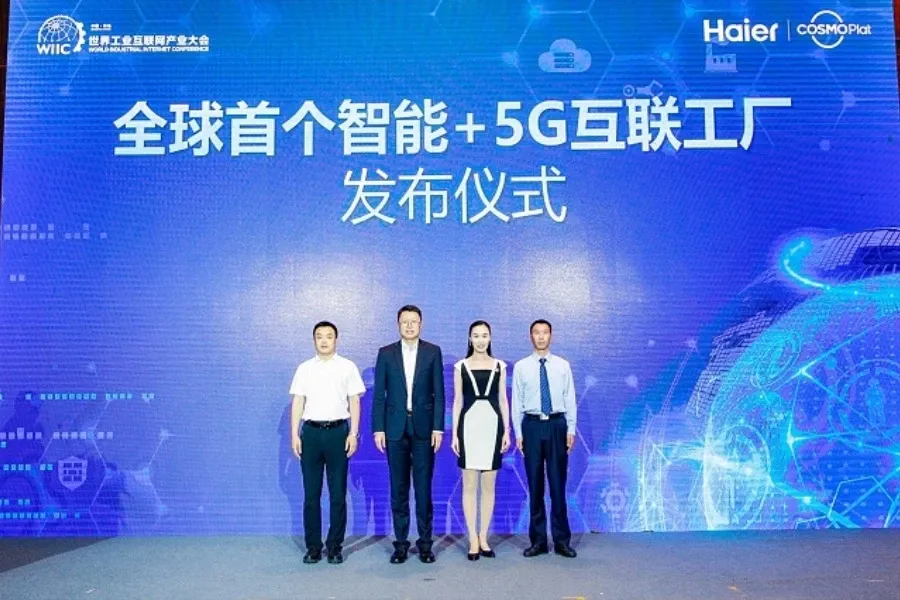Meta Announced Its New AI Chip
Meta Platforms unveiled the second generation of its Meta Training and Inference Accelerator (MTIA) AI chip.

Haier, China Mobile, and Huawei jointly launched the world's first AI+5G interconnected factory at the 2019 World Industrial Internet Conference (WIIC) in Qingdao. This improvement refines future smart manufacturing by innovating and transforming enterprise organizations, business models and ICT technologies, and integrating key technologies such as AI and 5G.
China Mobile Shandong and Huawei helped complete 5G base station deployment for Haier's interconnected factory in Zhongde Industrial Park, Huangdao District, Qingdao on June 13. The official release of the AI+5G interconnected factory provides an example for future AI+5G technologies and their facilitation of the interconnected factory transformation and upgrade.
More scenario-based IoT intelligent products, smart portfolio solutions, and AI-enabled applications can be explored using data-based simulation modeling and verification, efficient production collaboration, and precise quality control. This optimizes productivity with improved production efficiency, reduced manufacturing costs, and a reduced rate of storage, establishing competitive advantages in smart manufacturing.
The advent of 5G lays a solid network foundation for networked, digital, and intelligent upgrades of manufacturing and interconnected factories, provides a reliable and predictable network environment, and meets differentiated and deterministic network requirements of the industry. By leveraging key technologies such as Cloud Native, dynamic intelligent network slicing, and heterogeneous ultra-performance MEC, the 5G deterministic network provides differentiated+deterministic network service capabilities.
It constructs an intelligent manufacturing system for complex scenarios, such as 5G+intelligent devices, 5G+machine vision, and 5G+AR man-machine collaboration. The intelligent manufacturing system is fully aware of process information. It can make decisions by itself, considering system-wide elements, and self-adapts to and learn from new conditions in real or near-real time through self-iteration.